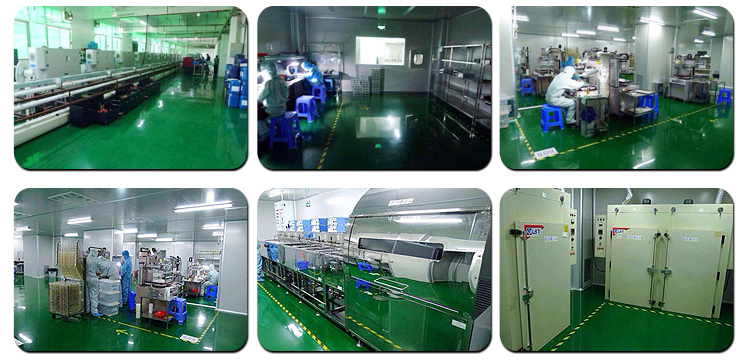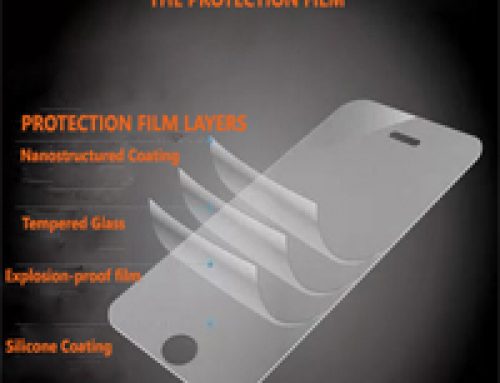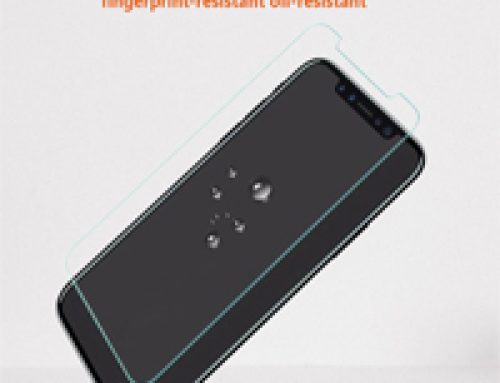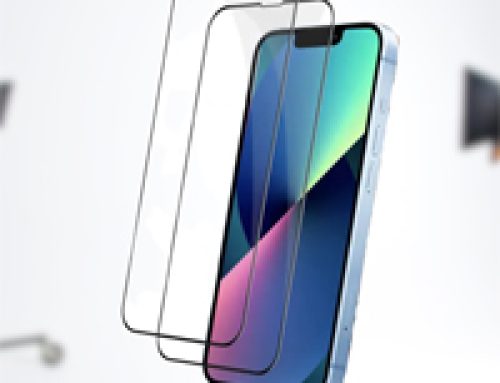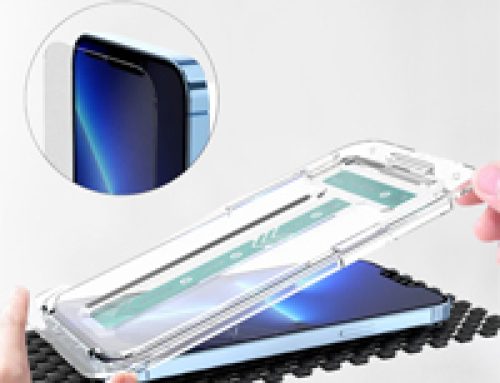There are four layers that regular screen protector is made from:
- Glue layer that sticks to the phone’s surface
- A layer made with silicon
- Tempered glass layer
- And finally, a coating that provides additional protection
The manufacturing process is the most important one. Tempered glass is made in high-temperature ovens. Glass is heated to 650 degrees celsius, followed by a fast cooling. It is very important to determine the right amount of time glass should be kept in the oven. More time in high heat means more strength and less flexibility. Thus, Process control and an eye for details arenecessary.
After manufacturing, there are three tests tempered glass should go through to make it viable to sell.
- Hardness test is the first one. If the company wants to keep a quality standard, every screen protector should pass a knife and sand test. This means a knife cannot scratch the glass.
- Then we have breaking test. Glass is bent around a half circle if it breaks but remains in two whole segments, it passes the test. This test is performed only once on the batch that is made from the same materials and with the same process
- Finally, we have dimension checks. Screen protectors are specifically made for each size and type smartphone. The company has to check that every item in the batch is of the same size.
Ultimately, glue appliance is the final step. Once the glue is applied to tempered glass the item cannot last long in storage. For that reason, most suppliers purchase the glass and then apply the glue themselves.

